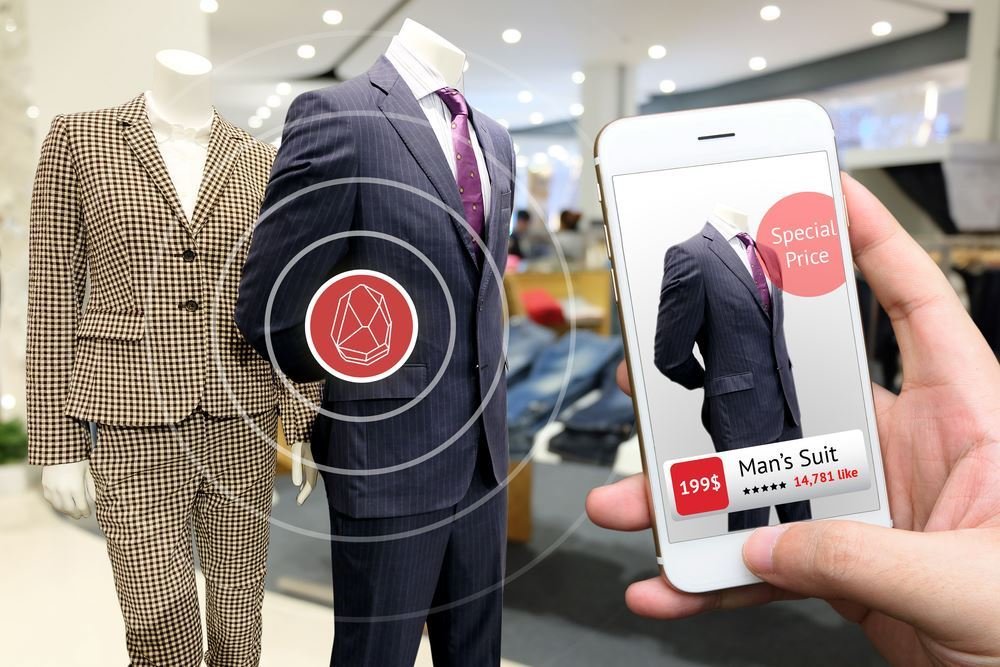From the era of sewing machines to the rise of the e-commerce industry, fashion has always been a hotbed for evolution and innovation. Like technology, fashion is a huge forward-driven industry – and one of the largest in today’s global economy. Interestingly, today’s innovation takes place at the crisscross of fashion and tech; this is a great way to connect consumers to brands while providing unique clothing and shopping experiences.
Advancing technologies and innovations in the textile industry are not only evolving the operations of the fashion industry, but changing how these products interact with target consumers and the environment at large. From robots that cut and sew fabric materials and VR mirrors in the dressing room, to refined assortment planning strategies and AI algorithms optimized to predict certain fashion trends, technology is personalizing and automating every fashion detail. More so, as retail continues to transition into consumer-centric business, assortment planning plays a big role today as retailers decide the right product mix for their stores.
The Impact of Technology on Fashion and Retail
It’s not a surprise that fashion tech is undergoing major shifts and has become a vibrant industry. With technology, it is now possible to create a sustainable, robust, and transparent fashion ecosystem, and modernize operations within the industry to make processes more efficient in order to guide retailers and consumers as they make important business and purchasing decisions respectively. Tech is the future of fashion; but it is already reshaping the fashion and retail merchandising industry. How so?
Balance between Staples and Trends
Real-time data analytics is the saving grace for retailers and fashion brands. Without this intelligence tool, assortment planning in real time will pose a huge challenge for retailers. Technology in retail allows for immediate insights into the effect of increasing or decreasing price points for certain products, helping you better understand their presence in the marketplace and handle discounts for the products when the time is right for it. With data analytics in place, retailers can better analyze product performance and revenues for different product categories, and use such information for similar product launches in the future.
Rapid Production and Iteration
Thanks to technology and e-commerce, the cost of starting and running a fashion brand has significantly reduced. E-commerce stores like Etsy have made it easier for anyone to start an online shop, build a following, and reach out to their target customers. In the past, fashion brands would have to produce hundreds or even thousands of clothing items in order to ensure they are sold off at reasonable prices – and for good profit. Now, with reduced production costs, small or emerging fashion brands can manufacture clothing items at reasonable margins and grow their online audiences.
3D Printing and Product Customization
Fashion labels are now exploring the potential of 3D printing to manufacture products on demand and allow for personalization of these items. For instance, Adidas has partnered with Carbon to manufacture 3D printed shoe parts and sneakers. The Adidas Futurecraft 4D is the latest product from this partnership. Similarly, Reebok and New Balance have invested in 3D printing, with Reebok now aiming to create and customize shoe designs in real time after the opening of its “Liquid Factory”.
Robotics for Fashion Manufacturing
Robotics and automation have made their entry into the fashion industry. Many fashion brands today use Automated Storage and Retrieval Systems (ASRS) for the stocking and transportation of inventory. However, applying robotics in garment manufacturing is still a challenge. While robo-cutting fabrics have been a possibility, sewing still poses a challenge, as it is difficult for hard robots to work with elastic, pliable fabrics. As technology continues to advance, soft robotics will penetrate the garment manufacturing market in the future.
Technology has left its mark today – and it is changing the game for every stakeholder in the fashion industry: stylists, manufacturers, designers, retailers, and even consumers. As fashion tech continues to evolve, consumers will have an abundance of options, and many roles within the fashion industry will be displaced. Tech is now increasingly more responsive to the unique needs of each individual – and it will be interesting to watch how it impacts fashion retail in future.

